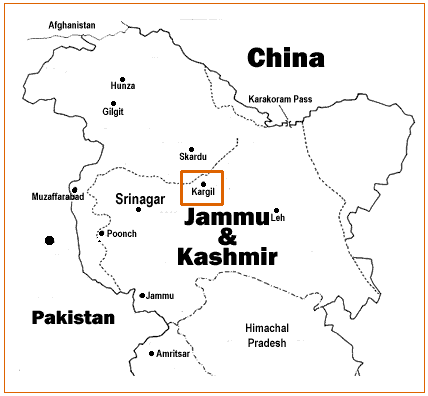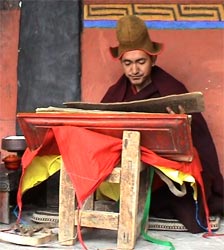|
All Ladakh Gonpa Association
All Ladakh Gonpa Association (ALGA) is the central organisation of the Buddhist monasteries in Ladakh, India. It aims to preserve and strengthen the monastic institutions. It was founded by the 19th Kushok Bakula Rinpoche in 1949 and he acted as its president for 41 years, from 1949 until 1991. In 1949, the first meeting of the great monasteries was held and ten monasteries took part. All Ladakh Gonpa Association was registered in 1959 and is run by a governing body consisting of fifteen lama members belonging to all four major schools of Tibetan Buddhism. There are sixteen major monastic institutions with hundreds of monks in each monastery. List of monasteries These are listed by the river valleys. These monasteries are located on the banks and mountain slopes of various rivers within Indus river system. * Shyok River valley: * Nubra River valley: ** Diskit Monastery, north of Leh. ** Hundur Monastery, north of Leh, west of the Diskit Monastery and east of Thoise. ** ... [...More Info...] [...Related Items...] OR: [Wikipedia] [Google] [Baidu] |
Ladakh
Ladakh () is a region administered by India as a union territory which constitutes a part of the larger Kashmir region and has been the subject of dispute between India, Pakistan, and China since 1947. (subscription required) Quote: "Jammu and Kashmir, state of India, located in the northern part of the Indian subcontinent in the vicinity of the Karakoram and westernmost Himalayan mountain ranges. From 1947 to 2019, Ladakh was part of the Indian state of Jammu and Kashmir, which has been the subject of dispute between India, Pakistan, and China since the partition of the subcontinent in 1947." Quote: "Jammu and Kashmir: Territory in northwestern India, subject to a dispute between India and Pakistan. It has borders with Pakistan and China." Ladakh is bordered by the Tibet Autonomous Region to the east, the Indian state of Himachal Pradesh to the south, both the Indian-administered union territory of Jammu and Kashmir (union territory), Jammu and Kashmir and the Pakistan-administ ... [...More Info...] [...Related Items...] OR: [Wikipedia] [Google] [Baidu] |
Kargil
Kargil ( lbj, ) is a city and a joint capital of the union territory of Ladakh, India. It is also the headquarters of the Kargil district. It is the second-largest city in Ladakh after Leh. Kargil is located to the east of Srinagar in Jammu and Kashmir, and to the west of Leh. It is the centre point of the Suru River. Etymology The name ''Kargil'' is said to derive from the words ''Khar'', meaning castle, and ''rKil'' meaning "centre". "Kargil denotes a place between many forts, a central place where people could stay". It appears to be a fitting description for a place that is equidistant from Srinagar, Leh and Skardu Historically, the region around Kargil was called Purig. A major study of the history of Purig is included in the 1987 book ''Qadeem Ladakh'' by Kacho Sikander Khan, which includes genealogies of various dynasties that ruled the region. History Kargil is the main town in the historical region of Purig, which consists of the Suru river basin. It was n ... [...More Info...] [...Related Items...] OR: [Wikipedia] [Google] [Baidu] |
Rizong Monastery
Rizong (or Rhizong) gompa, Gelugpa or Yellow Hat Buddhist monastery is also called the Yuma Changchubling in Ladakh, India. It is situated at the top of a rocky side valley on the north side of the Indus, to the west of Alchi on the way to Lamayuru. It was established in 1831 by Lama Tsultim Nima under the Gelukpa order, at Ri-rdzong. There are 40 monks in the monastery. The monastery is also called "the paradise for meditation" and is noted for its extremely strict rules and standards. The nunnery, located about 2 km from the monastery, is called the "Jelichun Nunnery" or Chulichan (Chomoling), where, at present, 20 nuns reside. It is north of Srinagar-Leh highway & north of Mangyu temple complex. It is also believed that long ago Guru Padmasambhava meditated in the caves around Rizong years before the monasteries were built. It is also inferred that in the small caves in the vicinity, Lamas used to meditate for years in isolation from the rest of the villages. They su ... [...More Info...] [...Related Items...] OR: [Wikipedia] [Google] [Baidu] |


